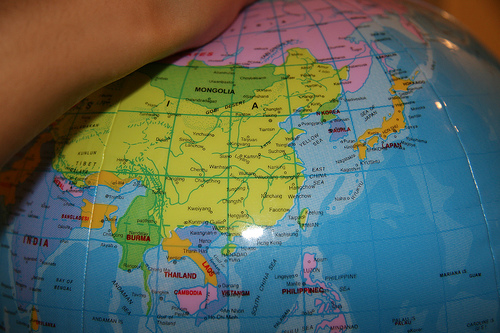You finally sit down across from the defendant at his deposition and it’s your chance to pin him down about the car crash. You show the defendant photographs of the accident location and when asked if he can pinpoint the location of the crash, the defendant hems and haws. Perhaps the defendant claims that the photos were taken at the wrong angle or are too dark, or the weather conditions were not exactly the same as on the day of the collision. Regardless, the defendant won’t mark your photographs…and you leave the deposition without critical testimony.
Your frustration is off the charts. You came to the defendant’s deposition armed and loaded with a great set of color photographs of the accident location and you were ready to box in the defendant by having him mark X’s on the photos. While you know your photos of the accident location are fine, you just can’t get the defendant to admit that they fairly and accurately depict the scene of the crash.
An Interactive Back-Up Plan that Won’t Fail You
Savvy lawyers always have a backup plan and you’re ready for the wise-guy defendant who refuses to give a straight answer. With a video screen and an internet connection, you can get an unlimited number of viewpoints of the accident location with Google Maps. Google Maps will give you any view of the roadway that you need—north, south, east and west—and you can scroll through Google Maps foot by foot to get to the exact location on the roadway that fairly and accurately depicts the accident location.
With Google Maps, the defendant can’t honestly testify that there is no image showing the location of the crash. You’ve got a virtually unlimited number of viewpoints and you can scroll through to as many locations on the roadway as you want. You can scroll through the images of the roadway just as you would travel in a car, and you can let the defendant stop the scrolling images when he finds the location on the road where the crash occurred.
Making a Record with Google Maps and Split Screen Video Technology
Google Maps provides the ability to mark images with a custom marking, such as “X” or the symbol of a car, and you can add the date of the deposition to the still image. Just as you can with photos, you can pin-down the defendant by having him place an X on the video image to represent the location of the car crash.
If you’re not videotaping your depositions, you shouldn’t be doing depositions. Video depositions are 10x more powerful than non-video depositions, and provide invaluable non-verbal communication, such as the defendant’s facial mannerisms, long pauses, and body language (i.e., arms folded with his hand covering his mouth). And with split screen technology, your videographer can show the Google Maps images of the roadway while simultaneously showing the defendant as he marks the specific area on the roadway where the crash occurred.
Taking Care of the Technology with a Videographer
Is the technology too tough to handle? No problem, my friend. Hire a videographer to do the technology for you—that’s right, you just have to show up and ask the right questions. Have your videographer meet with you ahead of time and work through any technology issues, i.e., lack of internet access, that you might have at the deposition suite.
Once you’ve gotten comfortable with the technology, you’re ready to box in and pin down the defendant through the power of Google Maps. You won’t regret giving this a try.
photo credit: Geography lesson 1 via photopin (license)
